- Size
- Smallest
- Small
- Small to Medium
- Medium
- Large
- Giant
- Characteristics
- Smartest
- Hypoallergenic
- Fluffy
- Best Guard
- Best Family
- Best for Kids
- Low Shedding
- Healthiest
- Police Dogs
- Most Calm
- Quietest
- Color
- White
- Black
- Grey
- Brown
- Blue
- Red
- Coat
- Hairless
- Short
- Long
- Origin
- Japan
- China
- Australia
- Germany
- Italy
- United States
- France
- Group
- Hound
- Terrier
- Herding
- Toy
- Working
- Sporting
The Finch: A New Owner's Guide (What To Know)
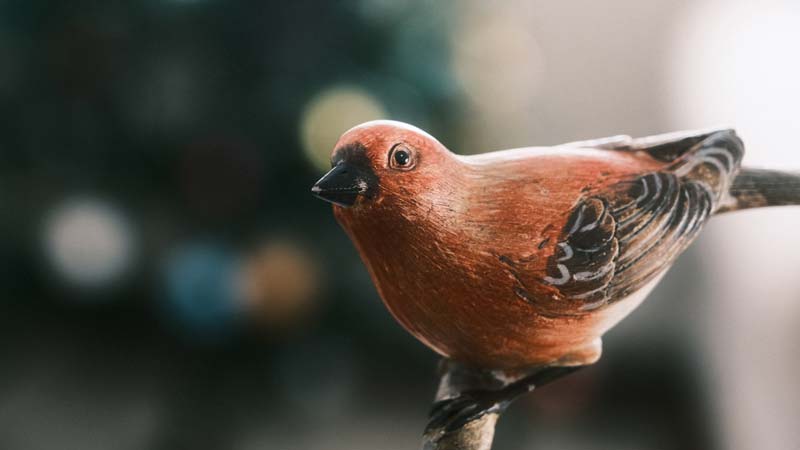
Photo by İrfan Simsar on Unsplash
Finches belong to the family Fringillidae and are found across the globe in various habitats, from forests to grasslands. They're renowned for their small size, colorful plumage, and melodious songs. Domesticated finches gained popularity as pets in the 20th century. Their small size, beautiful colors, and melodious songs made them appealing to bird enthusiasts looking for low-maintenance pets.
While many species of finches are appreciated in their wild habitats for their beauty and songs, several varieties have been successfully domesticated and bred in captivity. This includes species like the Zebra Finch and Society Finch, which have become popular pet choices due to their cheerful demeanor and ease of care.
Today, Finches continue to be popular pets, especially for those who appreciate their beauty and soothing songs. They are relatively easy to care for and can thrive in aviaries or smaller cages, often in pairs or small groups.
Here's a guide on their care and basic information:
Basic Information
Species Traits:
Size: Finches are small birds, typically around 4-6 inches in length.
Lifespan: With proper care, they can live for 5-10 years or more.
Variety of Species: There are various species, including zebra finches, society finches, and Gouldian finches, each with unique colors and markings.
Price:
The price of pet finches can vary based on several factors including species, color mutations, breeder reputation, and geographic location. Here's a general price range for some common pet finches in the USA:
Society Finch: Often between $10 to $35 each.
Zebra Finch: Usually ranges from $20 to $80 per bird.
Gouldian Finch: One of the more expensive finches, with prices typically ranging from $150 to $600 or more, especially for specific color mutations.
Care Tips
Taking care of finches involves a few key considerations to ensure their health and happiness:
Housing:
Cage Size: Opt for a spacious cage, considering that finches love to fly. The minimum size for a pair of finches is around 24x18x18 inches.
Bar Spacing: Ensure the bars are close enough to prevent escape or injury. Approximately 1/4 to 1/2 inch bar spacing is suitable for most finches.
Perches and Accessories: Offer various perch sizes and materials to support their feet. Include toys, swings, and nesting areas to encourage natural behaviors.
Diet:
Seeds and Pellets: Provide a high-quality finch seed mix as a primary diet, along with pelleted food specifically formulated for finches.
Fresh Greens: Supplement their diet with fresh greens like spinach, kale, or lettuce, along with occasional fruits like apple or pear.
Egg Food: Offer egg food occasionally, especially during breeding seasons, as a protein supplement.
Water and Hygiene:
Fresh Water: Ensure clean water is available at all times. Consider a water dispenser that prevents droppings from contaminating the water.
Cage Cleaning: Clean the cage regularly, removing droppings, leftover food, and replacing the bedding or substrate.
Social Interaction:
Pairs or Groups: Finches are social birds and thrive in pairs or small groups. Avoid keeping solitary finches whenever possible.
Human Interaction: While they may not seek direct human contact, spending time nearby and talking to them can help them acclimate to your presence.
Environment:
Temperature: Maintain a consistent temperature between 60°F to 70°F (15°C to 21°C) to keep them comfortable.
Lighting: Natural daylight is beneficial, but avoid placing the cage in direct sunlight or drafts.
Quiet Environment: Keep their space peaceful, as finches can be sensitive to noise and disturbances.
Health Care:
Observation: Monitor their behavior, eating habits, and droppings regularly to spot any signs of illness or distress.
Veterinary Check-ups: Schedule regular check-ups with an avian veterinarian to ensure their health and address any concerns promptly.
Breeding Considerations:
Nesting Material: Provide nesting materials like grass, feathers, and nesting boxes if you intend to breed finches.
Separation: Consider separating breeding pairs if there's aggression or stress during mating or nesting.
Conclusion
Finches' rich history, from their role in scientific discoveries to their presence as beloved pets, highlights their adaptability, diversity, and the enduring fascination they hold for bird enthusiasts worldwide.
Finches thrive in pairs or groups, enjoy social interaction, mental stimulation, a varied diet, and a stimulating environment. By providing proper care and attention, you'll ensure a contented and cheerful life for your finch companions. Remember, each finch has its personality, so understanding your bird's behaviors will help tailor their care to their preferences.
You May Also Like
 Other Pets, Pet BirdsThe Lineolated Parakeet: A New Owner's Guide (What To Know)
Other Pets, Pet BirdsThe Lineolated Parakeet: A New Owner's Guide (What To Know)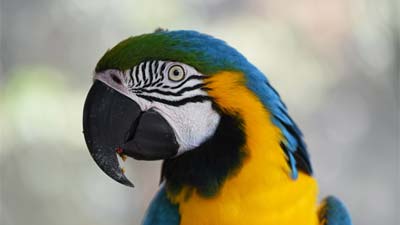 Other Pets, Pet BirdsThe Pionus Parrot: A New Owner's Guide (What To Know)
Other Pets, Pet BirdsThe Pionus Parrot: A New Owner's Guide (What To Know)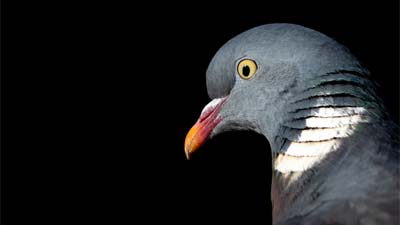 Other Pets, Pet BirdsThe Dove: A New Owner's Guide (What To Know)
Other Pets, Pet BirdsThe Dove: A New Owner's Guide (What To Know)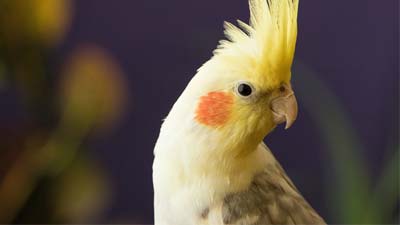 Other Pets, Pet BirdsThe Cockatiel: A New Owner's Guide (What To Know)
Other Pets, Pet BirdsThe Cockatiel: A New Owner's Guide (What To Know) Other Pets, Pet BirdsThe Budgerigar: A New Owner's Guide (What To Know)
Other Pets, Pet BirdsThe Budgerigar: A New Owner's Guide (What To Know)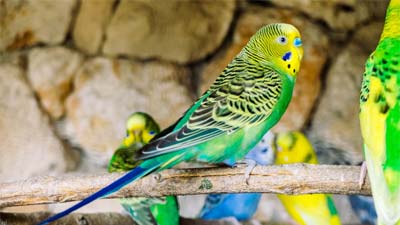 Other Pets, Pet BirdsThe Canary: A New Owner's Guide (What To Know)
Other Pets, Pet BirdsThe Canary: A New Owner's Guide (What To Know)